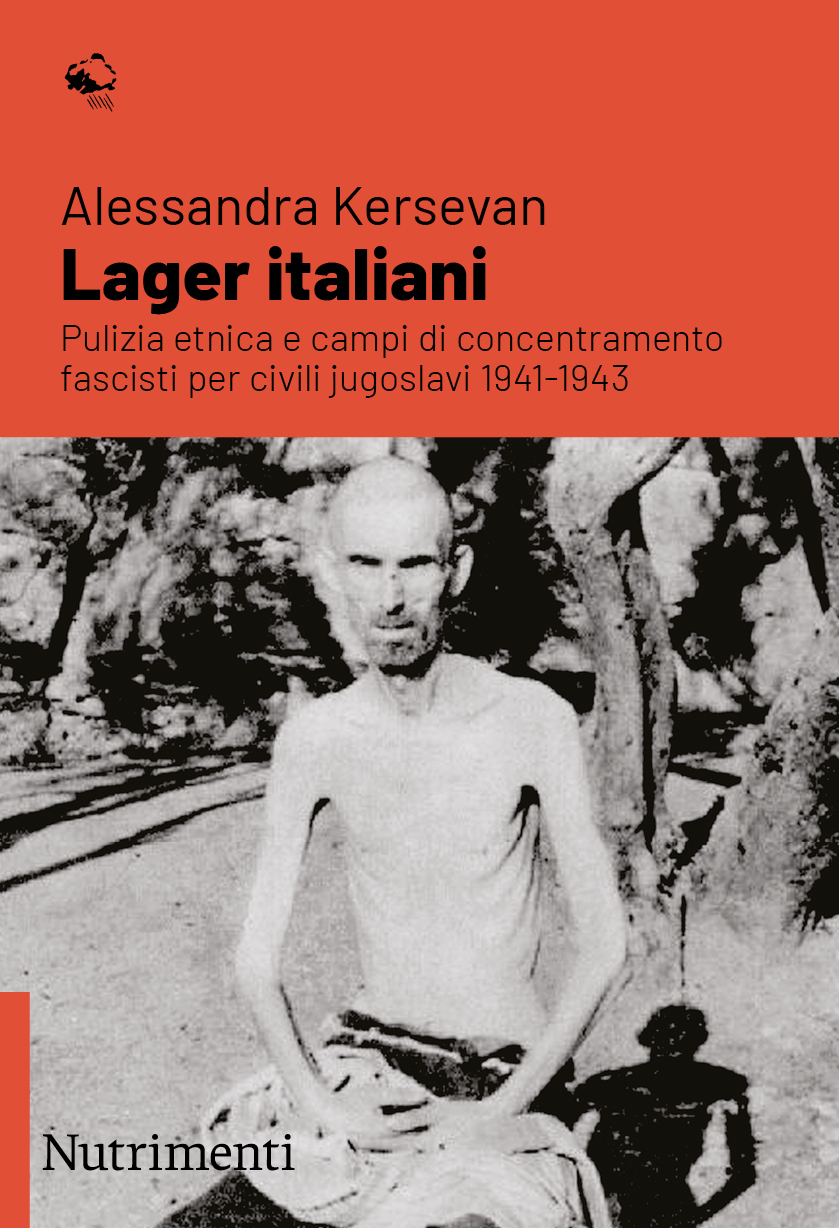-
0
Caricamento del contenuto del carrello...

The horror of a concentration camp system that led to the internment of over 100,000 Slovenians, Croats, Serbians and Montenegrins, thousands of whom died of starvation and disease. The story, testimonials and photos of one of the darkest chapters in Italian history – a tragedy removed from the national memory. After the Nazi-Fascist attack on Yugoslavia, between 1941 and 8 September 1943, the Fascist regime and the Italian army implemented a system of concentration camps in which tens of thousands of Yugoslavs were interned: these were women, men, old people and children rounded up in villages burnt down with flame throwers. The goal of Mussolini and General Roatta, the creator of these concentration camps, was to wipe out all support for Yugoslav resistance on the part of the population, and to carry out true ethnic cleansing by replacing local people with Italians.
“This is not a book that can be read in one sitting, and that’s a compliment to its documentary precision.”
Il Sole 24 Ore
 Alessandra Kersevan is a historical researcher who has
spent years devoting herself to studying the history of frontier
areas in Eastern Italy in the 20th century. Her published
works include Porzûs. Dialoghi sopra un processo da
rifare [Porzûs. Conversations about a trial to be held again], a study
of one of the most controversial events of the Italian Resistance.
She also made the documentary The Gonars Memorial
1942-1943: il simbolo della memoria italiana perduta [The Gonars
Memorial 1942-1943: the symbol of lost Italian memory].
Alessandra Kersevan is a historical researcher who has
spent years devoting herself to studying the history of frontier
areas in Eastern Italy in the 20th century. Her published
works include Porzûs. Dialoghi sopra un processo da
rifare [Porzûs. Conversations about a trial to be held again], a study
of one of the most controversial events of the Italian Resistance.
She also made the documentary The Gonars Memorial
1942-1943: il simbolo della memoria italiana perduta [The Gonars
Memorial 1942-1943: the symbol of lost Italian memory].
Length: 384 pp
Pub date: January 2024
La Repubblica
Paolo Rumiz
Lager d'Italia
Corriere della Sera
Gian Antonio Stella
L'Istria senza nulla tacere
Il Sole 24 Ore
Giuseppe Ceretti
Italiani barav gente: la pulizia etnica nei lager per i popoli slavi
Recensioni
Alfredo Ronci
Lager italiani - Alessandra Kersevan
Primorski
Urška Petaros
Poznati sliko pred letom 1943
Il Piccolo extra
p.s.
Cultura e spettacoli